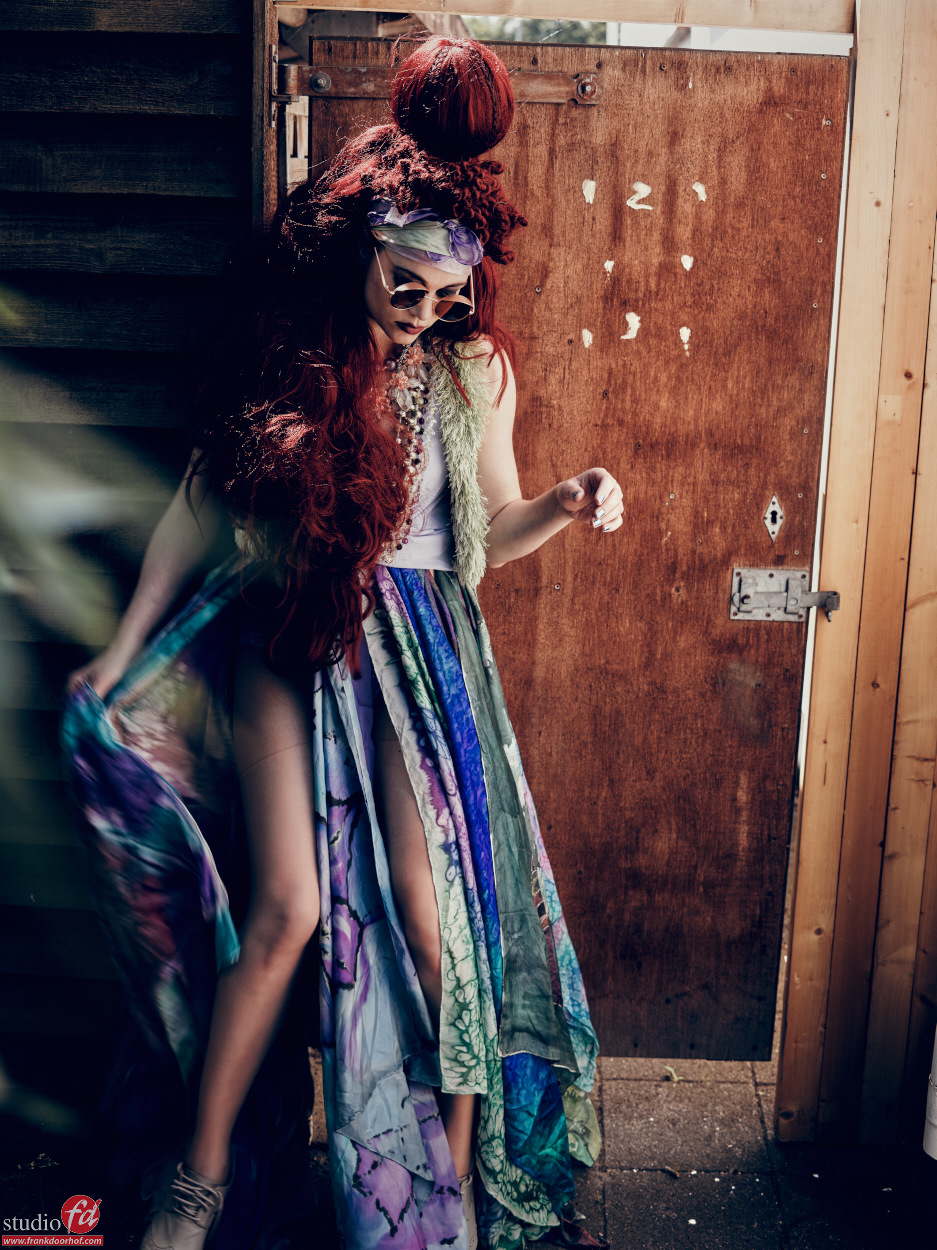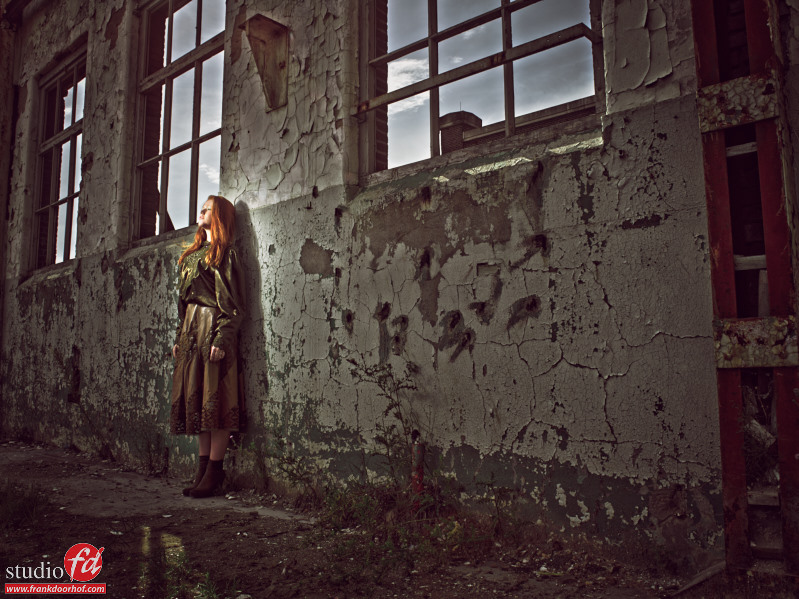TIP : don’t fear the sun
A lot of people are somehow afraid to shoot straight into the sun….
Well I agree that there is a lot of talk online that it can fry your sensor but in all honesty if that was really true….well my sensors would have all been fried, just be smart and don’t look at the sun too long and keep the exposure time to your sensor limited, because… well it is a lot of light that is aimed at your sensor via a lens so don’t keep it on a tripod for an hour (just saying).
As soon as you overcome that “fear” of shooting into the sun a lot of cool options open up.
The shot you see in the opening post was done during a workshop with my DxO one connected to my iPhone, I choose a low angle because of the background (our studio).
So you do you meter something like this.
Here it’s important to understand the dynamic range of your camera a bit.
Especially knowing how much you can get back from both the highlights and shadows.
Always make sure you get enough detail in your models face, so don’t underexpose too much, but also don’t expose correctly for the model… and there are 2 reasons for this.
- If you expose your model correctly the background will be almost pure white due to the high brightness of the sun/sky. Also the model will look glued on the background, so always make sure the model is slightly underexposed which will make the shot look much more natural. This same tips also goes for sunsets, always make sure you underexpose your model slightly when using strobes (and light from the side) this way the model looks more natural in the scene.
- If you underexpose your model to the “max” of your dynamic range you can still raise the shadows/midtones in your RAW convertor enough to get the detail/exposure on your model that you want, the extra advantage is that with the highlights slider you can lower the brightness of the sky a lot more simply because it’s still in your dynamic range.
Planning a shot and knowing the limits of your gear is incredibly important when you like to be on the edge of lighting.
In most cases I’ll shoot as perfect as possible in camera, but when you know there is a lot of backlighting and you don’t use a reflector or strobe (like in this case) it’s always good to know these limits because now you know how much you can underexpose to “save” as much as possible from the sky, and actually almost mimic the use of a reflector or strobe.
Now don’t be afraid of noise/grain in you’ll probably shoot these kind of shots on ISO100 and often you will open up a max of 2-3 stops so in essence you’re shooting on 400-800 max for the model and with modern day cameras that is no problem at all.
So the next time you’re shooting on location try a few shots with just this technique (so no strobes or reflectors) you’ll see what your camera can do, plus it will help you in situations where you have no choice….
Want more in depth tips and techniques?
Check out my book “Mastering the model shoot” or one of the many instructional videos via this site (see the menu on the left).





You must be logged in to post a comment.